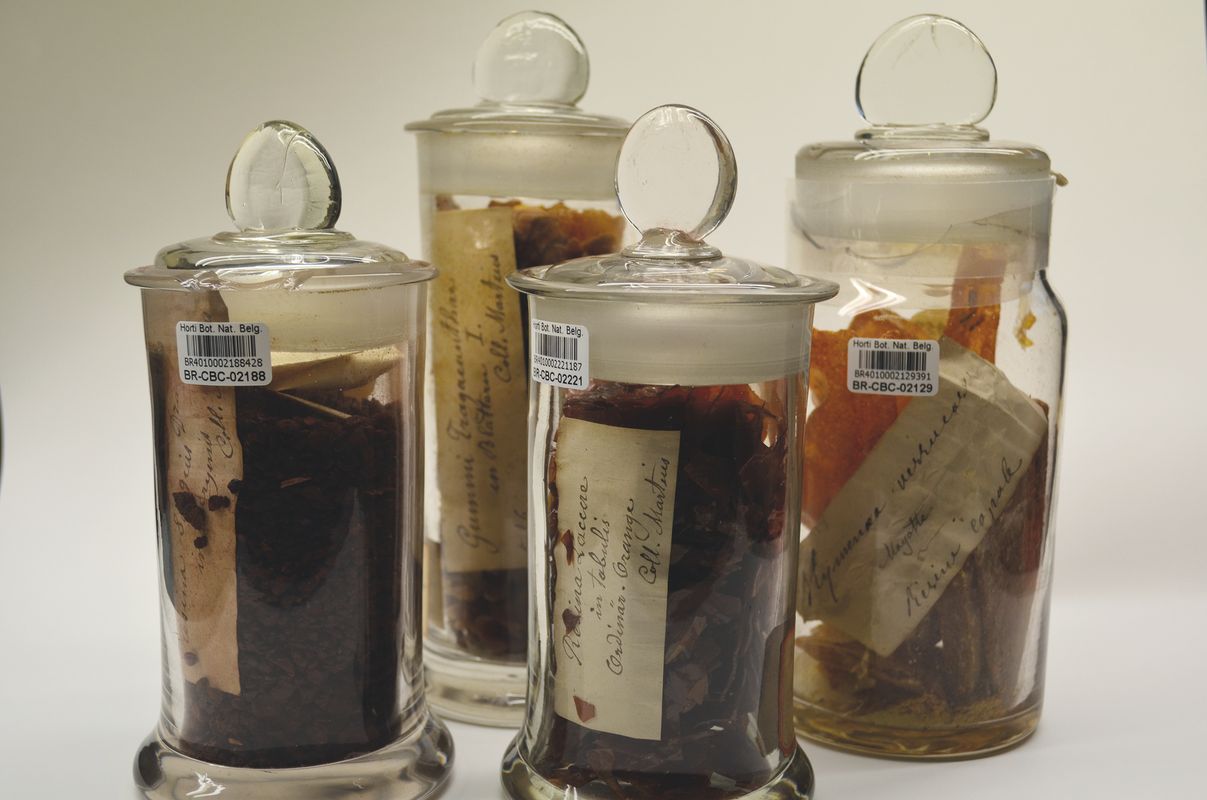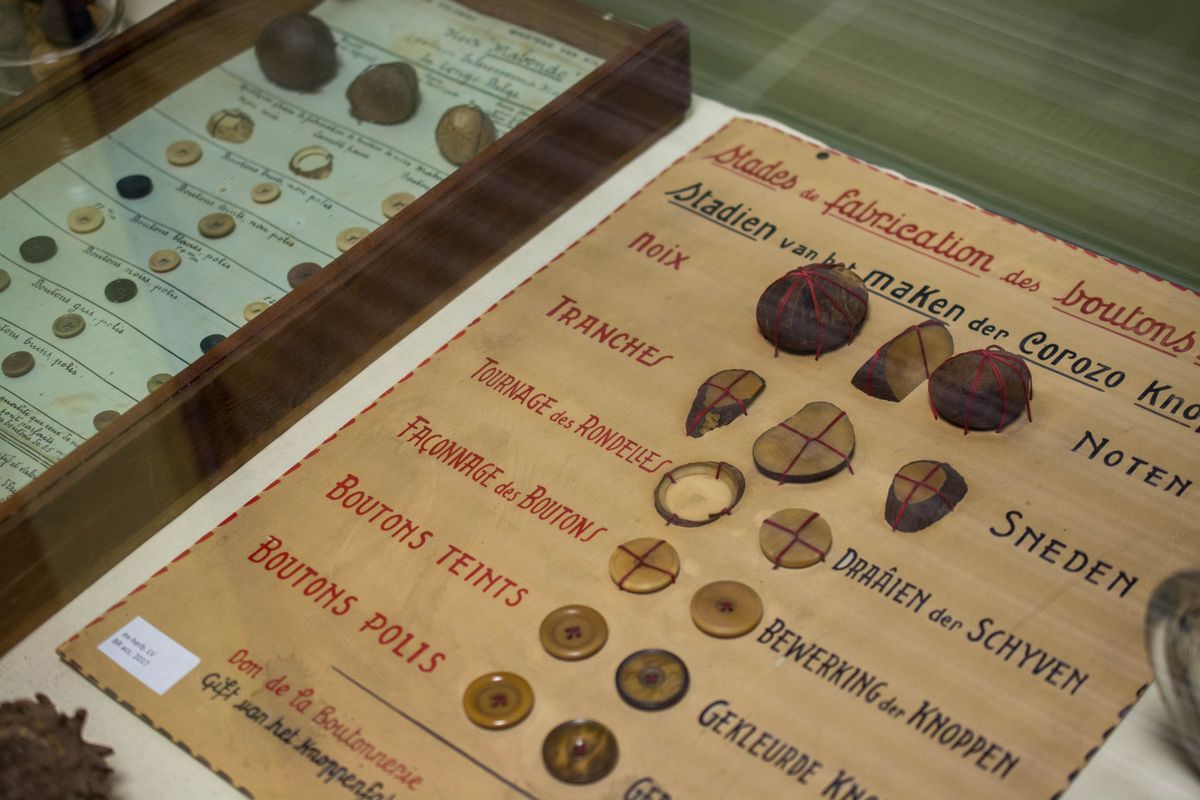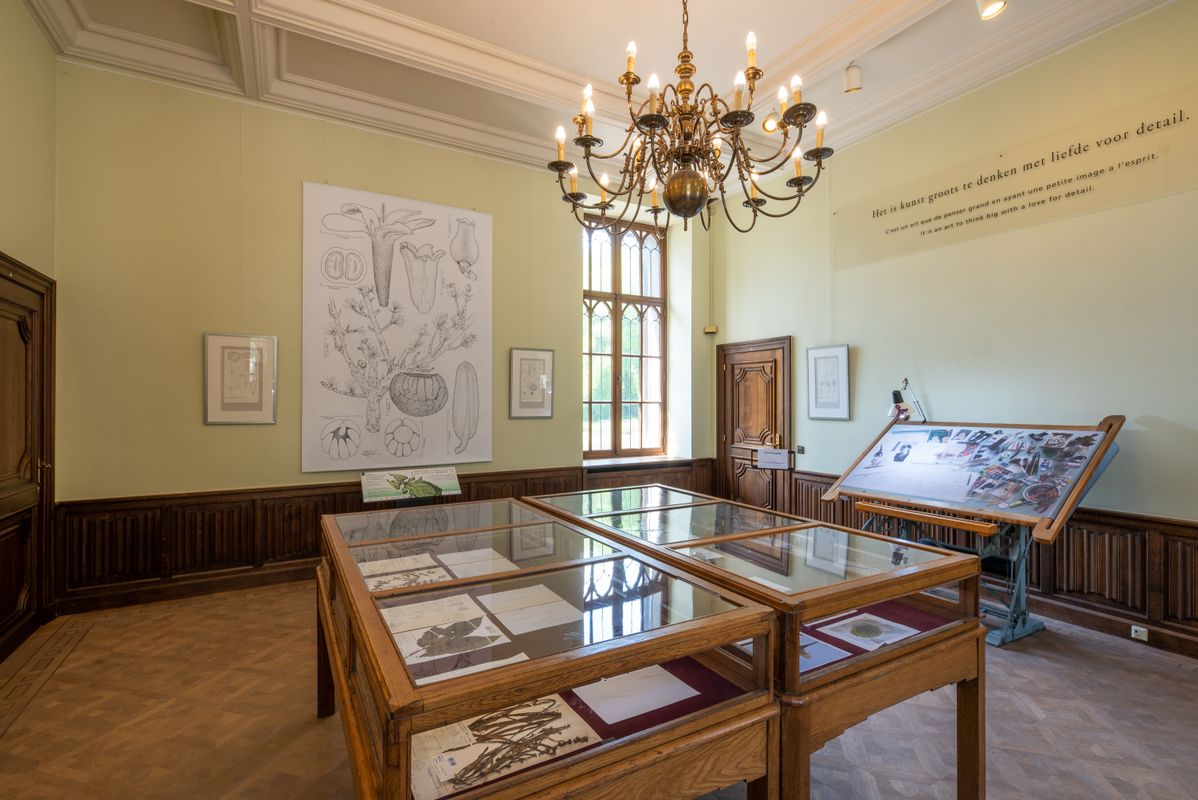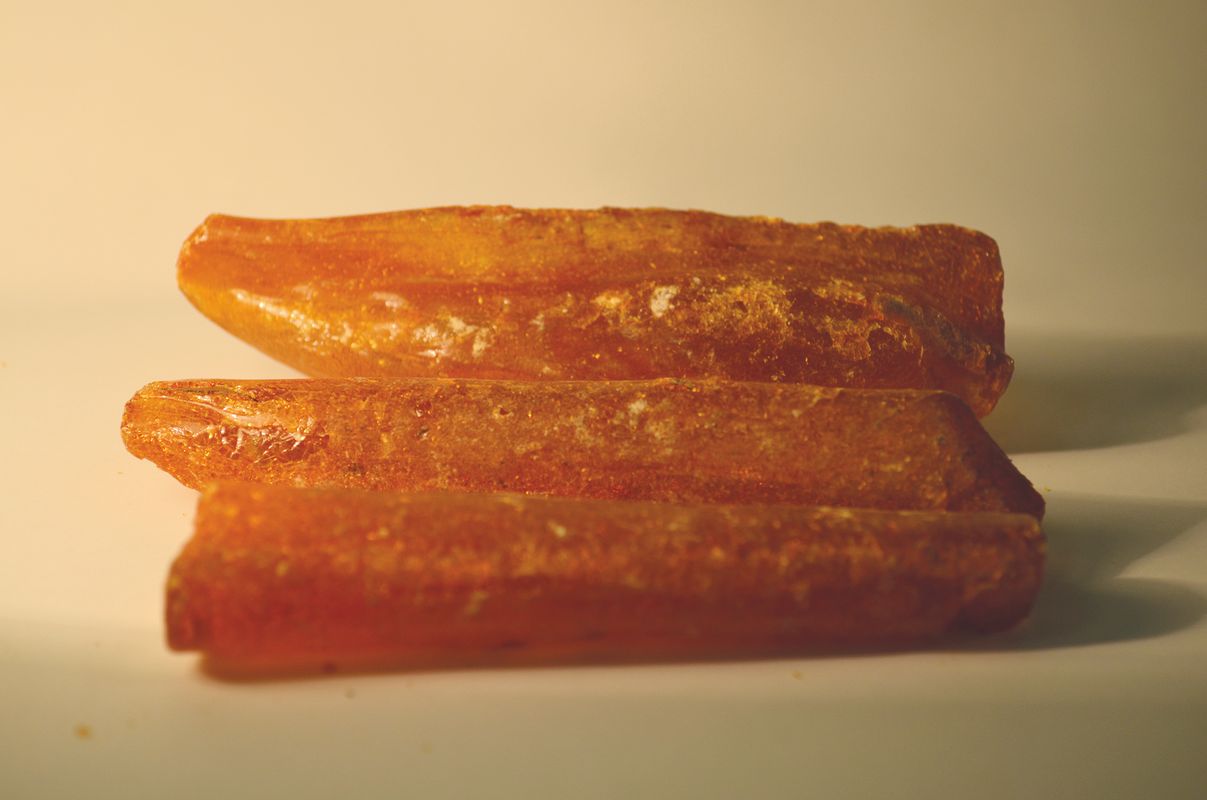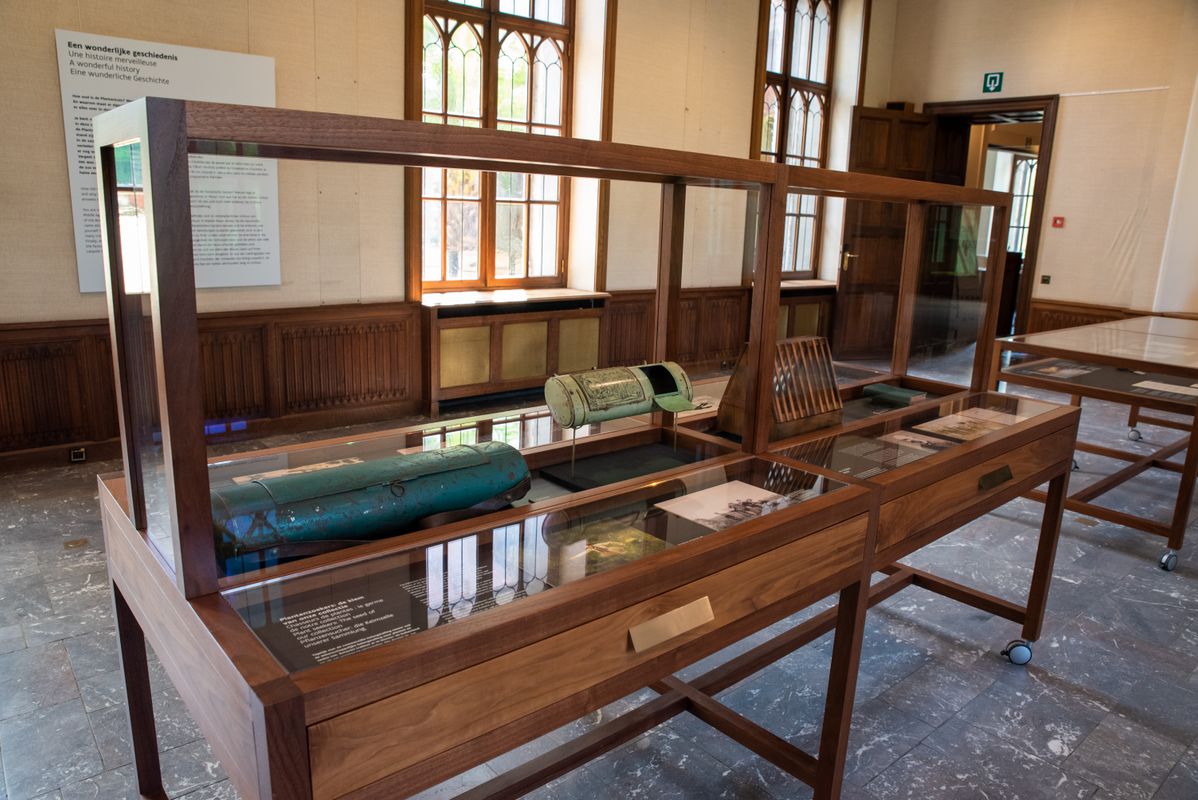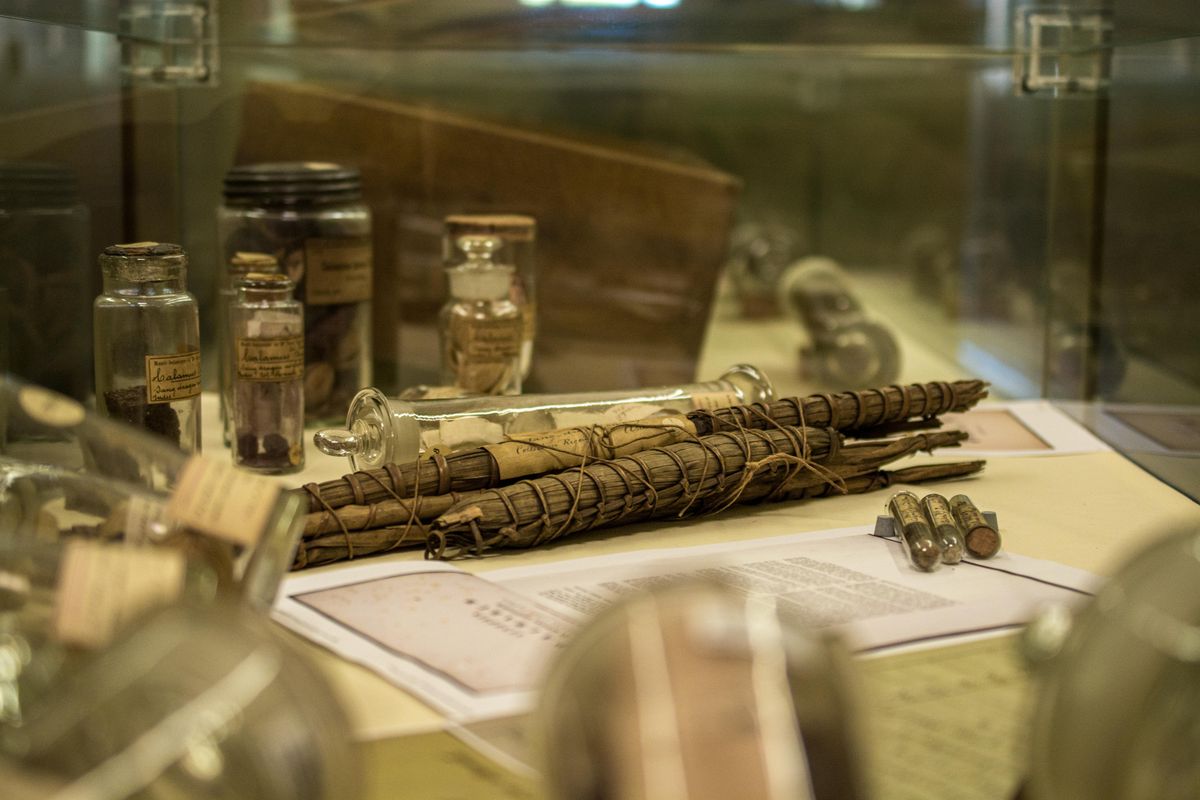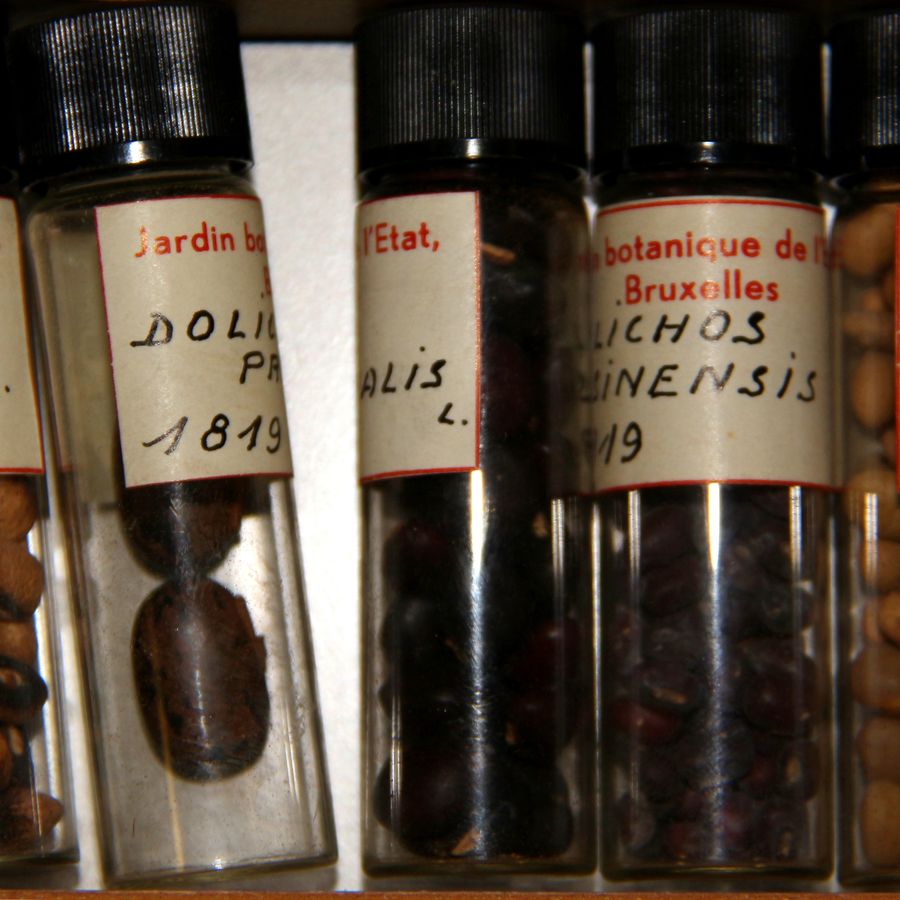
Botanical curiosities
From fibres to resin
This collection originated in the second half of the 19th century. At that time, unknown products were reaching the Botanic Garden from the exploration of new areas and through world exhibitions. The collection includes the most diverse components and derivatives of economically interesting plants from all continents. These include fruits, seeds, flowers, roots, bark, wood, resins, and oils, also called dry goods or botanical curiosities.
These materials - too bulky to be mounted on a herbarium sheet - are stored in old glass jars and boxes; more than 20,000 artefacts in total. The largest collections belong to Carl von Martius and Henri Van Heurck. The von Martius collection from 1868 includes fruits and fibres from palms, wood samples, and exudates (resins) from Brazil, Surinam, and Java as well as the 'Materia-Medicacollection' of his brother Theodor von Martius, who was a pharmacist. Van Heurck's collection from 1876 contains the specimens from his 'Musée botanique d'Anvers', which he used for his botany courses.
In addition, the collection contains a very important acquisition from 1878 of, at the time, new useful plants from the French overseas territories, originating from the 'Exposition permanente des Colonies françaises' in Paris.
In Bouchout Castle visitors can discover a number of artefacts from this collection.




